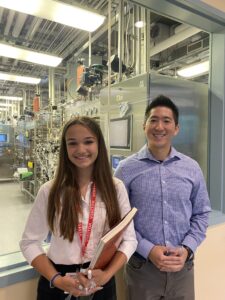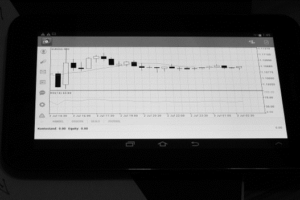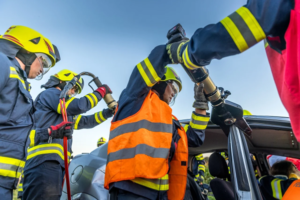Through the generous support of local biotechnology company Regeneron, four times a year, River Journal publishes the on-site report of a River Towns high school science student who is paired with a Regeneron scientist to experience what it is like to put STEM (Science, Technology, Engineering, Mathematics) education to work in the real world.

Regeneron Pharmaceuticals is a biotech company whose mission is to push the boundaries of science by making life-changing medicines. Regeneron has successfully created medicines that improve and save the lives of people with serious diseases. How are they able to accomplish these significant tasks and what sets them apart from other companies? This was one of the many questions I had walking through the doors of Regeneron’s research facilities in Tarrytown.
As a student of the Ossining High School science research program conducting a lab-based project, I am fascinated by the work Regeneron does. When the opportunity to meet with a scientist at Regeneron arose, I jumped at the opportunity to learn more about what scientists do and what it’s like to work there.
During my visit, I met with Dr. Ken Lee who is a staff scientist. I discussed my science research project on a novel subset of macrophages in the lungs and the role they play in regulating infection-induced inflammation, to further develop treatments for infectious diseases. He was excited to hear about this because he has also done a lot of work in the field of inflammation and immunology.
Dr. Lee works in oncology, researching various therapeutics to fight cancer. One major challenge in this area is that cancer is not a single disease, but is a large group of different types, from common to rare. He has an essential job in the long process of creating new therapeutics.
The founders of the company pioneered the “million-dollar mice,” as I like to call them, that are used in the first phases of the drug development. The mice in the lab are “humanized” through the modification of their genes, so that when they are immunized with designer molecules, these mice produce human-like antibodies, mimicking the products of a human immune system. These mice can produce thousands of different antibodies which are harvested, studied, and tested to develop potential therapeutics. However, not all of the antibodies have the ideal properties and only a subset can be used as treatments. From the various tests, the scientists select the most effective antibodies as candidates.
Dr. Lee, working with a team of scientists, focuses on analyzing and prioritizing the antibodies to determine the best ones to use. This analysis is based on data collected from cell-based and in vitro (test tube) experiments
I asked him about how he determines which antibodies to use. He explained that when screening thousands of antibodies, the first thing he looks at is how effective they are at their jobs; for example, how well they prevent a virus from infecting a cell. Then, depending on the mechanism of the antibodies, he looks to see if they recruit any other immune cells to help on the job or if they serve any other purposes.
Asked what he liked most about his job, Dr. Lee replied: “It gives me a sense of purpose.”
His answer inspired me because that was one of the main reasons I’m interested in pursuing a career in STEM. I learned during my visit that a career in science helps put purpose to the work being done. Specifically, science at Regeneron focuses on improving health and making life better through science and technology. Helping improve people’s lives using science has always been my personal and professional goal.
During the height of the COVID pandemic, some Regeneron scientists stayed in the lab for weeks at a time, working day and night to develop monoclonal antibodies that could help prevent SARS-CoV2-related fatalities.
As the pandemic began to wane, the scientists were able to return to the labs at full capacity. Dr. Lee was showed me where he works and the tools he uses. I saw flow cytometers, centrifuges, and huge freezers containing hundreds of test tubes containing a variety of cells and proteins. He also took me to see the area where the selected antibodies are produced.
According to Dr. Lee, if there was one piece of advice he could give to high school students who want to pursue a career in STEM, he would tell them to stay humble. He said there’s always more to learn, and never be afraid to ask questions. He recommended reading literature to find answers. If there isn’t a sufficient answer, then run an experiment to help find one.
Katelyn Battacharia is a junior at Ossining High School and is currently conducting research in the field of inflammation and immunology at New York University. Along with her passion for science, Katelyn is also an active member of her school’s engineering club and field hockey and lacrosse teams.






